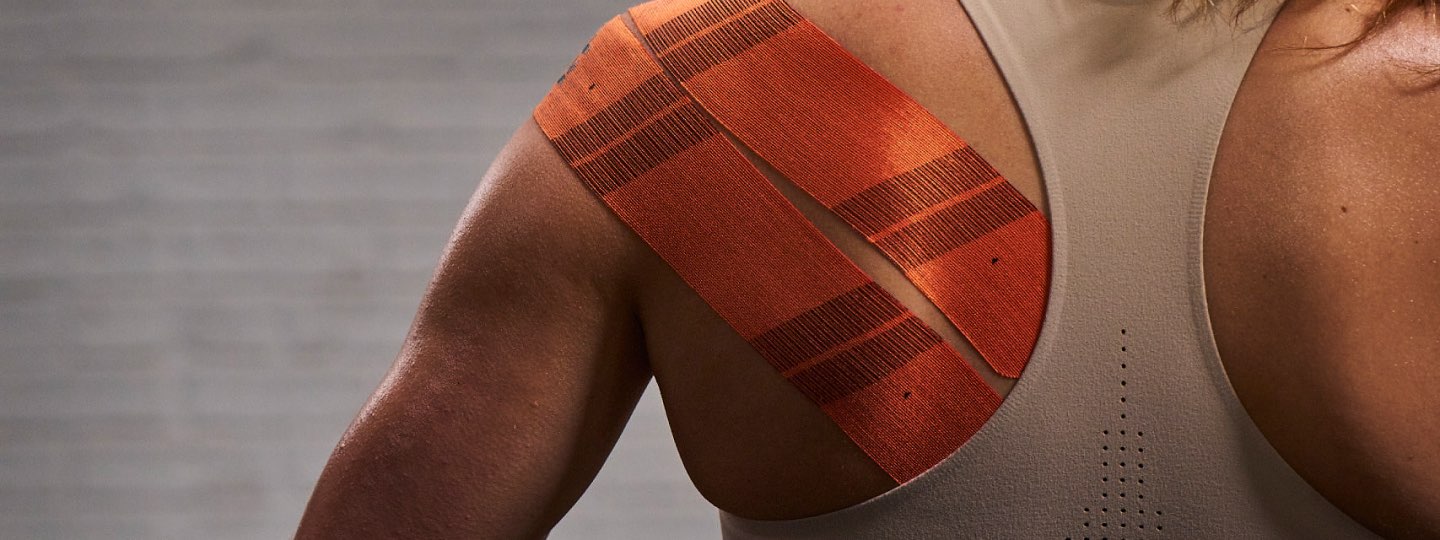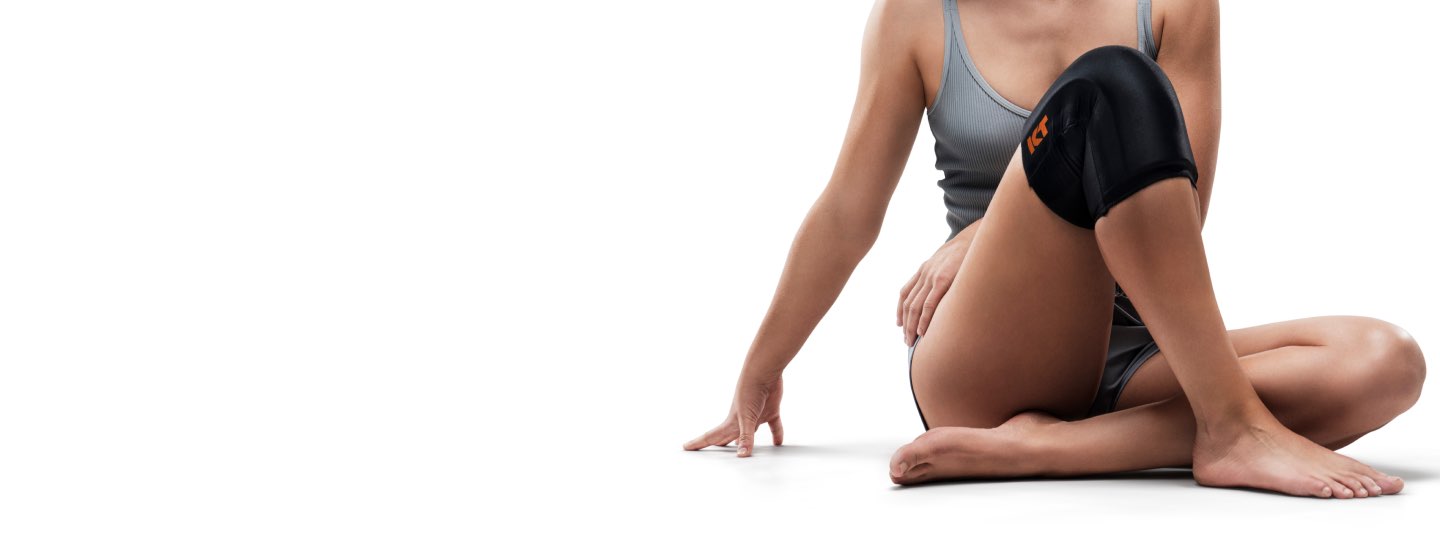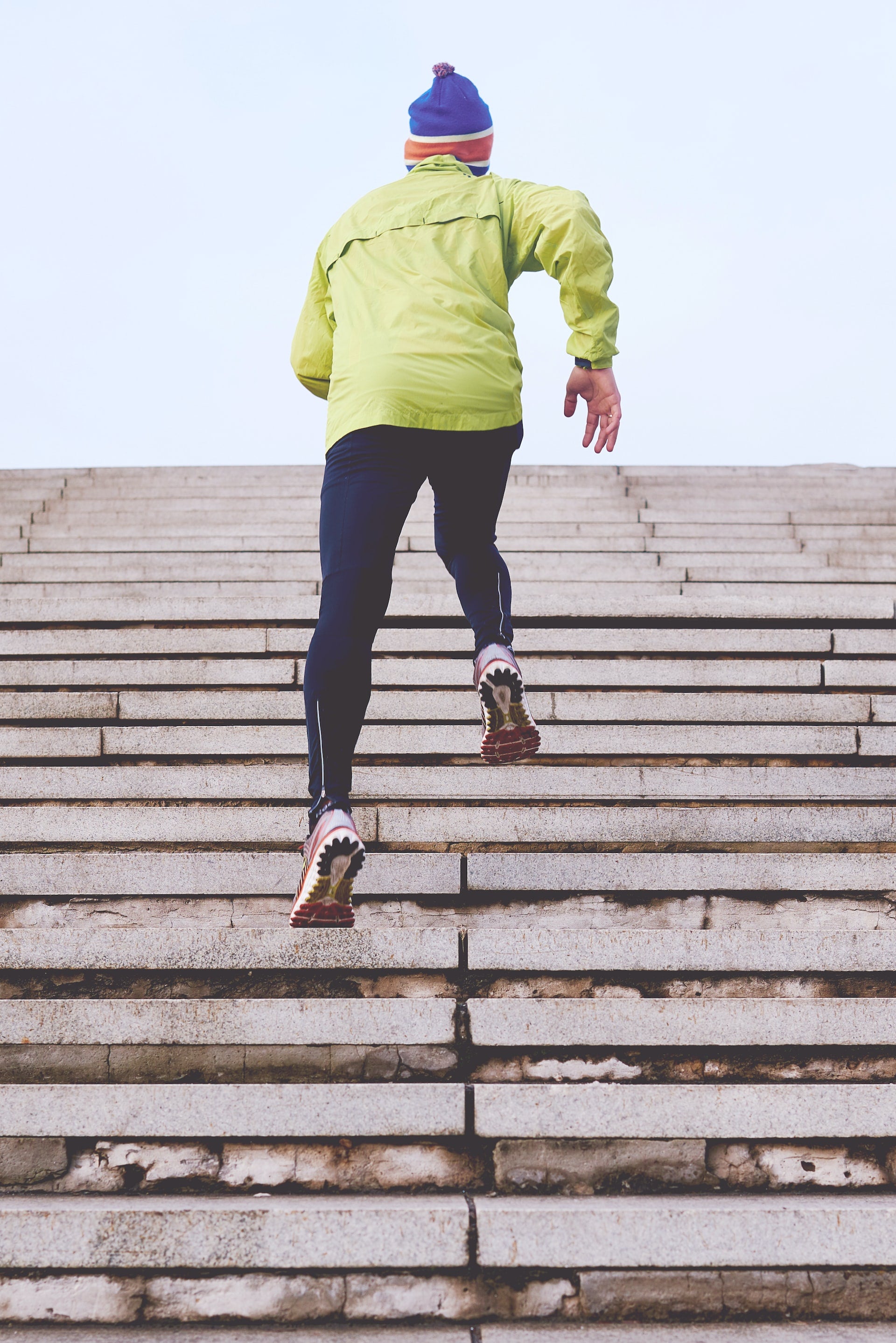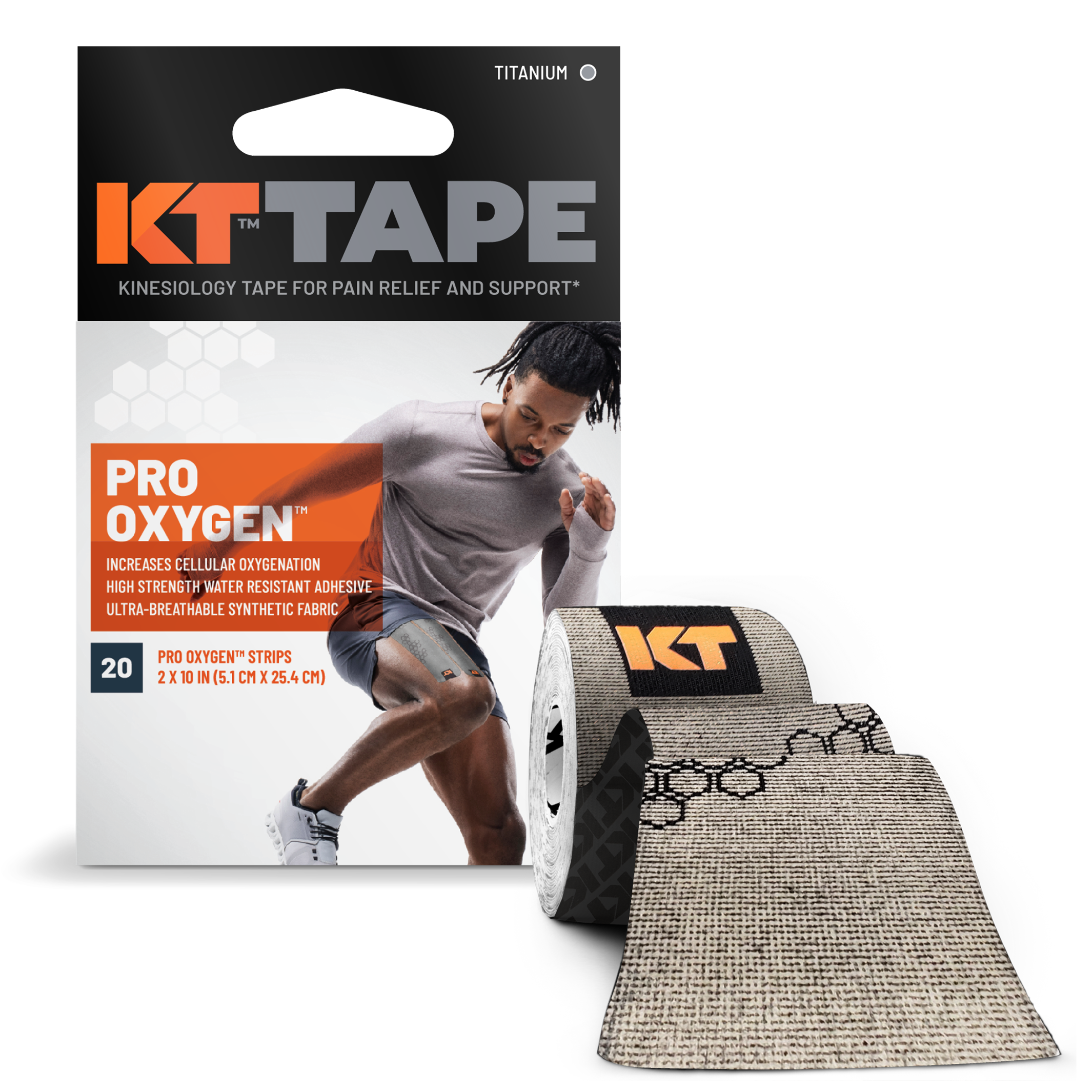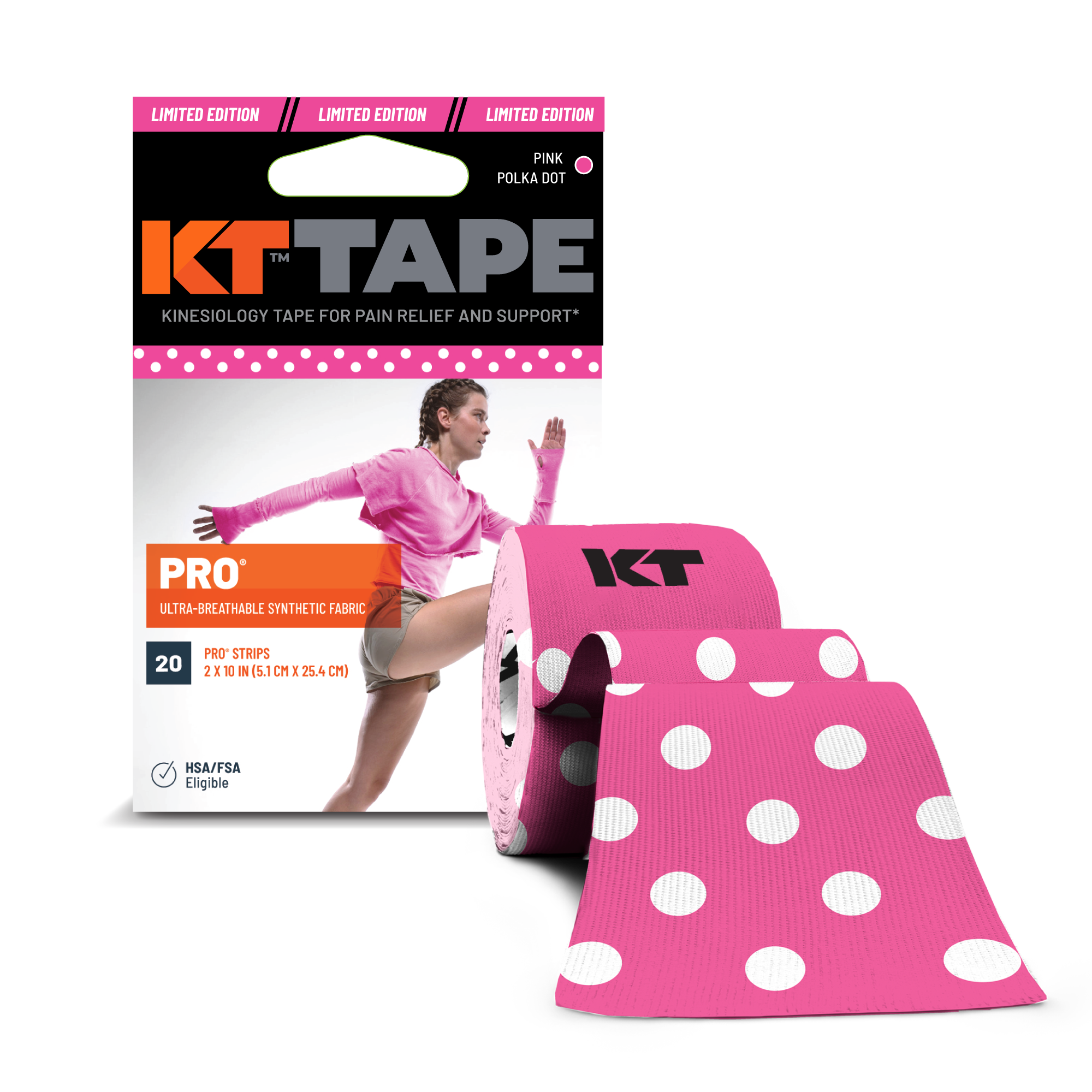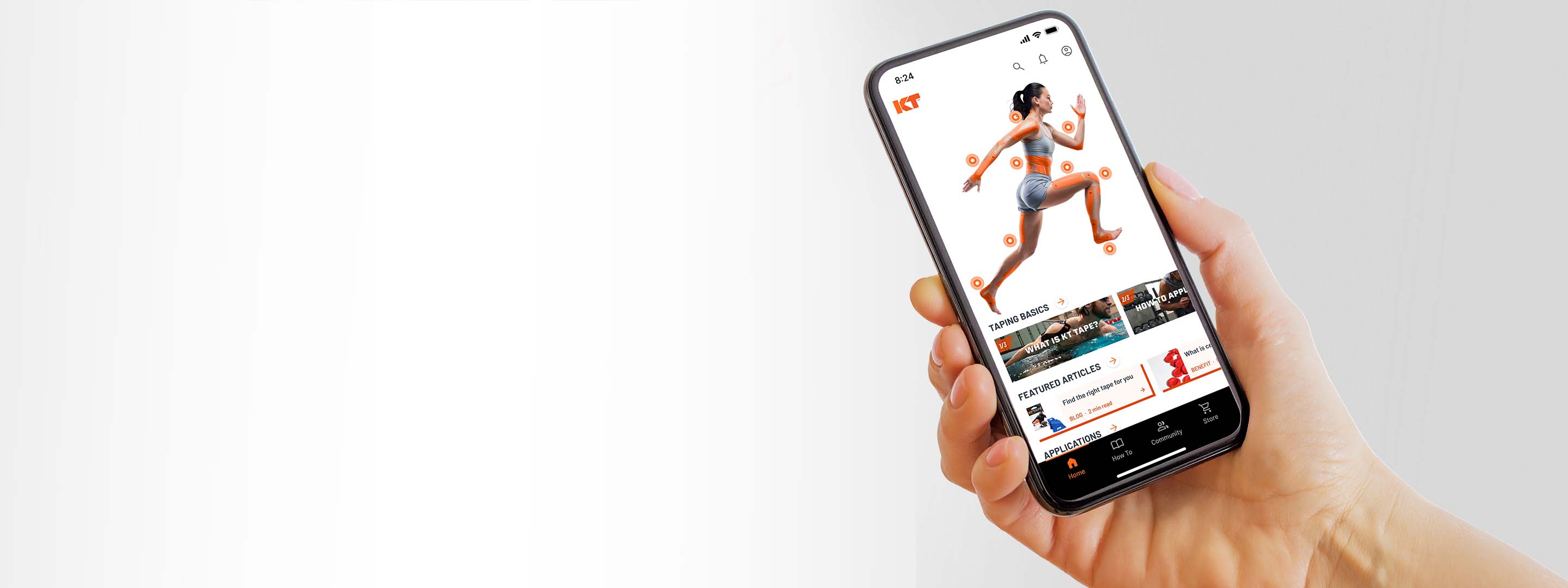Well, strong gluteal muscles certainly won't hurt your running speed! This Runner's World article explores "The Forgotten Core" of gluteal muscles and shares a few exercises that will strengthen your buttocks and help improve your run.
And just in case you experience soreness as you are trying some of these new strengthening exercises, remember the KT Tape Gluteus Pain Application will help provide support and proper muscle function while you improve your run! For the past decade, coaches, trainers, and physical therapists like me have told runners to "work your core", the muscles of your torso that support your every move.
So many runners have added crunches and planks that strengthen the abdominals and back to their routines. But these exercises do little for the powerhouse muscles that surround the pelvis. The gluteal (buttocks) muscles are so commonly left out of runners' strength programs, I call them the forgotten core. When we run, the glutes hold our pelvis level and steady, extend our hip, propel us forward, and keep our legs, pelvis, and torso aligned. When our glutes are faulty, our entire kinetic chain gets disrupted.
Studies link glute weakness to Achilles tendinitis, shin splints, runner's knee, and iliotibial-band syndrome. Indeed, many injured runners I treat come to physical therapy with strong abdominals and backs but weak glutes. Part of the problem is that glutes aren't as active as other running muscles during routine activities, which can make your hamstrings, quadriceps, and calves disproportionately stronger.
Another issue is that most strength-training routines don't isolate the glutes. If an exercise requires several muscles to perform the movement, the majority of the work will be done by the strongest of those muscles. Also, tight muscles, specifically the hip flexors, can inhibit the glutes and prevent their muscle fibers from firing. Here's how to see where you stand, plus exercises that will strengthen your neglected glutes and give you a coveted runner's butt.
Do two or three sets of 12 to 15 reps two times a week.
Seat Check Test your glute strength To watch video of this routine, visit runnersworld.com/glutes.
Single-Leg Stance Test Stand with your hands over your head, palms together. Lift your right foot off the ground and balance. Watch the left side of your hips to see if it dips down. If it does, it's a sign of glute weakness. Try it on the other side, too. Next, do this: While in the same position, lean to the right of your body, checking to see if your left side dips. Move your hands to the left of your body and see if your right side dips. If your hips dip, it's a sign that your glutes need work. Try this test also after a long or hard run to see how your glutes perform when fatigued.
Hip Hike Stand sideways on a step, box, or bench at least four inches high with one leg held free of the bench, and keep both hips squared forward and shoulders level. Keeping your standing leg (the one on the bench) straight (no knee bending!), raise your free hip directly upward and then drop the leg.
Single-Leg Deadlift Stand on your right leg with your left leg behind you and in the air. Keeping your shoulders back and your back straight, hinge forward and reach your hands toward the ground. Return back up and repeat. Hold weights or a medicine ball for an added challenge.
Three-Way Leg Raises Place a resistance band just above your knees. Separate your feet and bend your knees, lowering down into a slightly crouched position. Balance on your left leg.
- With slow, controlled motions, move your right leg forward against the band's resistance, then back to the starting position.
- Without placing your right foot back on the floor, move it out to the side, then return to the starting position.
- Move your right foot behind you, then back to the starting position. That's one repetition.
